Yves Béhar designs robot called Moxie, a companion for the curious child
We chat to San Francisco-based designer Yves Béhar about Moxie, a new robot designed by fuseproject and made by Embodied Inc using the very latest form of AI

Moxie is the debut product from Pasadena-based robotics company Embodied Inc. Fitted with the very latest form of AI, it is a sophisticated companion for the curious child, designed to work with a wide range of behaviours and approaches and set up a broad and cohesive understanding of social cues and engagement. Moxie’s distinctive form has been shaped by a team led by Yves Béhar at fuseproject, further cementing the studio’s reputation as a place for helping shape cutting edge technology.
‘I’d worked with [Embodied co-founder] Paolo Pirjanian ten years ago when he was building a cleaning robot,’ says Béhar, ‘We reconnected about three years ago. He’d assembled a team of child development and robotic specialists in order to build a kid’s companion, a robot that would help with a child’s social skills and developmental needs.’
Béhar explains that his previous robot-based projects hadn't required any kind of human traits. Moxie is very different. ‘The idea of helping build social, emotional and cognitive skills was interesting to us,’ he says, ‘from a design standpoint, children really need expressive human traits to help them stay engaged, so we focused on the eyes and the hands.’ The compact companion stands just under 40cm tall and is light enough to be lifted onto tabletops.
The design process involved a lot of necessary simplification. ‘We developed a back-projection screen for the face – it's not a complex mechanical piece. This enabled us to make Moxie very ‘character’ driven.' The little robot is expressive and reactive, programmed to ask gentle questions, challenge behaviours and promote dialogue, both with itself and with others.

The design process involved a lot of necessary simplification. ‘We developed a back-projection screen for the face – it's not a complex mechanical piece. This enabled us to make Moxie very ‘character’ driven.' The little robot is expressive and reactive, programmed to ask gentle questions, challenge behaviours and promote dialogue, both with itself and with others.
The designers have done well to steer themselves well away from the vertiginous slopes of the uncanny valley. Moxie's ‘face’ is augmented with a simplified ‘body’, driven in part by the need to simplify mechanisms for cost and durability. ‘The eyes and the face are where the conversation happens,’ says Béhar, pointing out that the robot is aimed at neurodivergent as well as neurotypical children, aged predominantly between 6 and 9. ‘It is also important that the robot's movements reflect its expressions.’
Embodied Inc's software allows the little machine to pivot and twist and wave its stubby arms, with ‘ears’ that are a natural spot for microphones (and can be whispered into). The glove-like hands with their pointing index finger were refined from a complicated articulated four fingered hand.
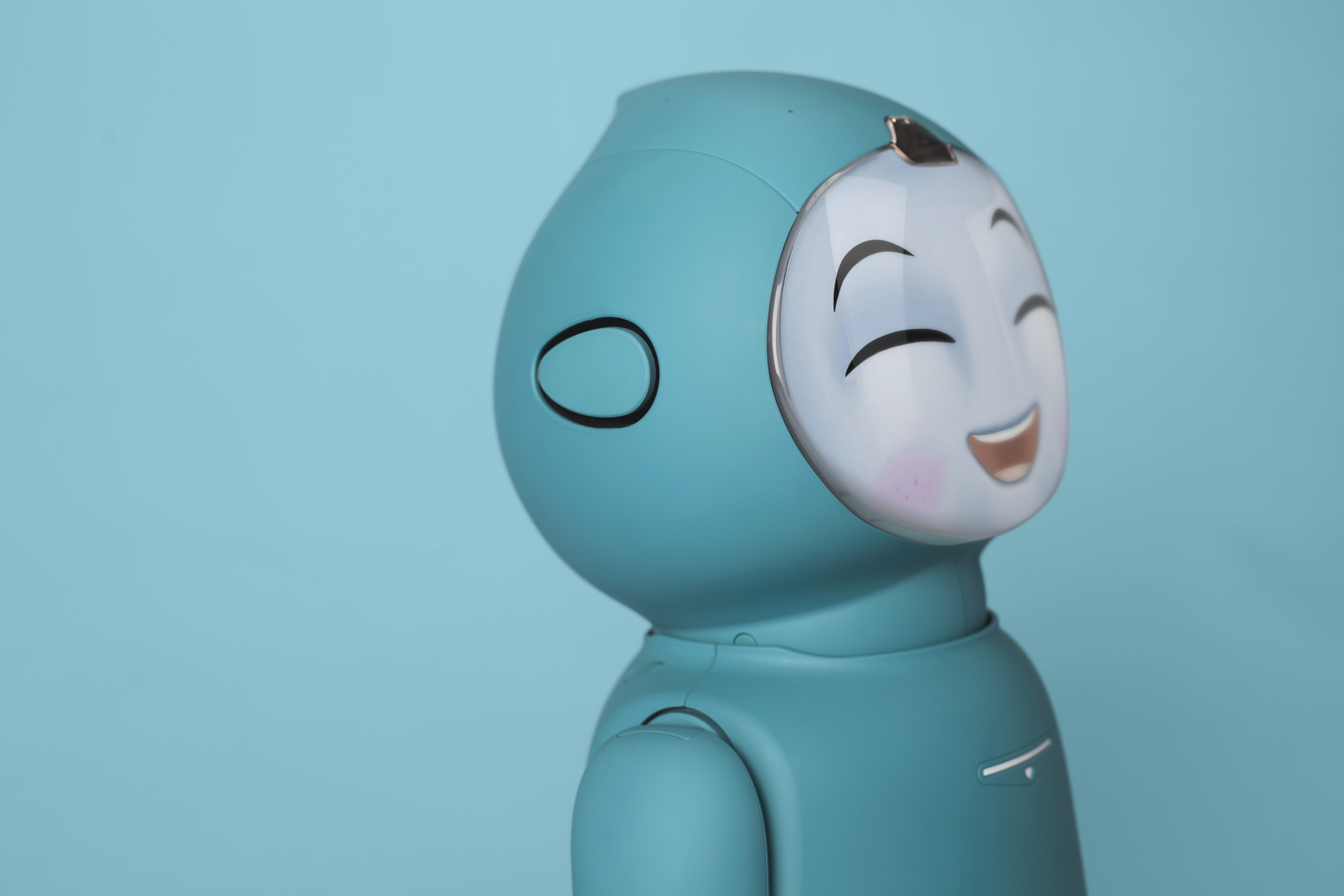

‘Building the robot was about editing the simplicity and seeing how few joints we could have and still have expressive behaviour,’ says Béhar, ‘it doesn't feel like a gadget or a toy, but like an intelligent being.’ In some respects, this little bright blue character is a fulfilment of a long-standing aspect of techno-utopianism: a robot that can teach. The overall look is that of a Pixar-esque space explorer, clad in soft-touch blue thermoplastic elastomer.
Receive our daily digest of inspiration, escapism and design stories from around the world direct to your inbox.
‘The minimalism actually increases the intended expressive effect,’ says Béhar. The designer and his team have transformed this advanced bundle of technology into a believable and credible character, one that is programmed to adapt and ‘learn' as it spends more and more time being used. Design works hand in glove with software to create the illusion of a sentient being. ‘I'm actually in awe at what the AI can do,’ the designer concludes..
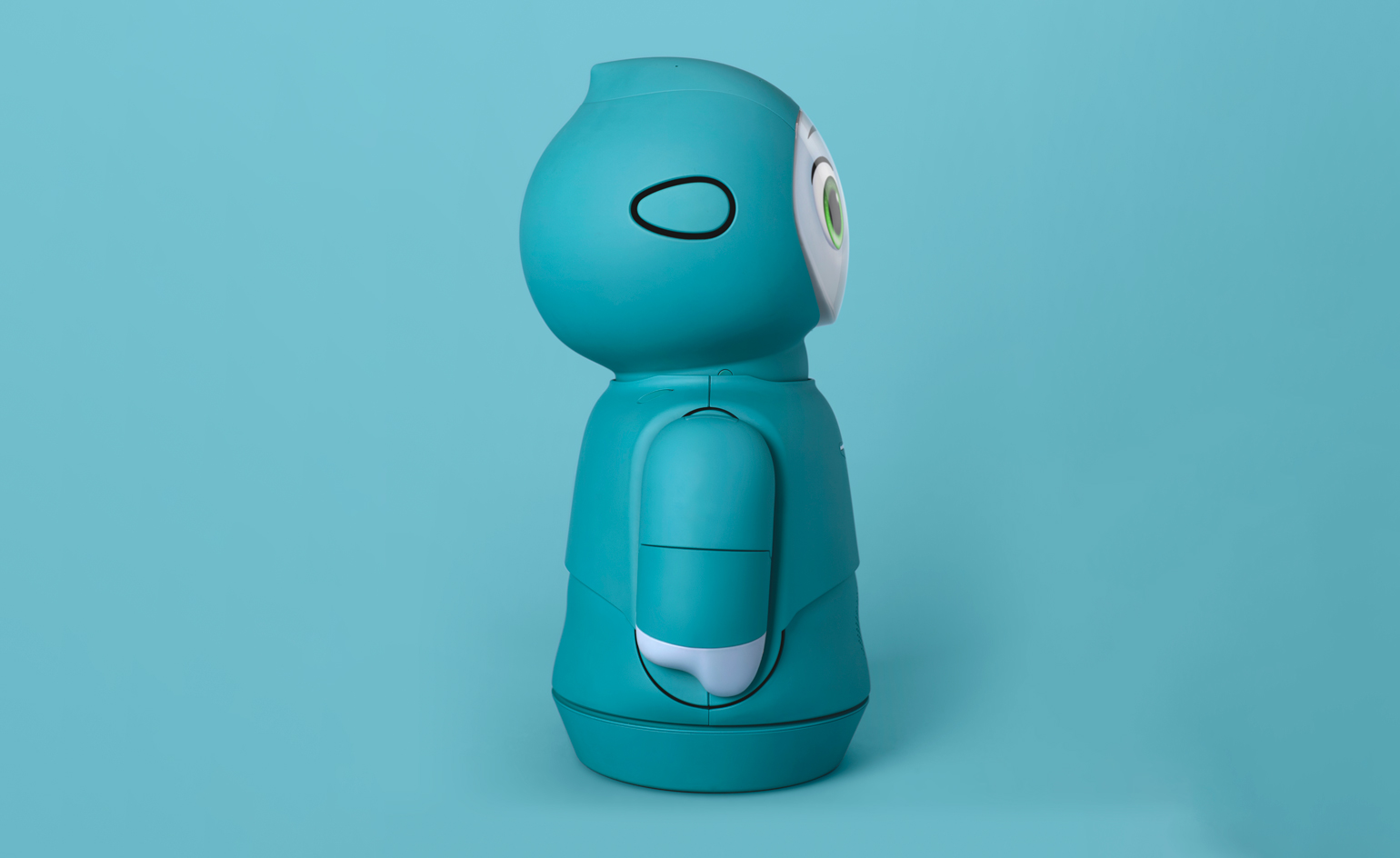
INFORMATION
Jonathan Bell has written for Wallpaper* magazine since 1999, covering everything from architecture and transport design to books, tech and graphic design. He is now the magazine’s Transport and Technology Editor. Jonathan has written and edited 15 books, including Concept Car Design, 21st Century House, and The New Modern House. He is also the host of Wallpaper’s first podcast.
-
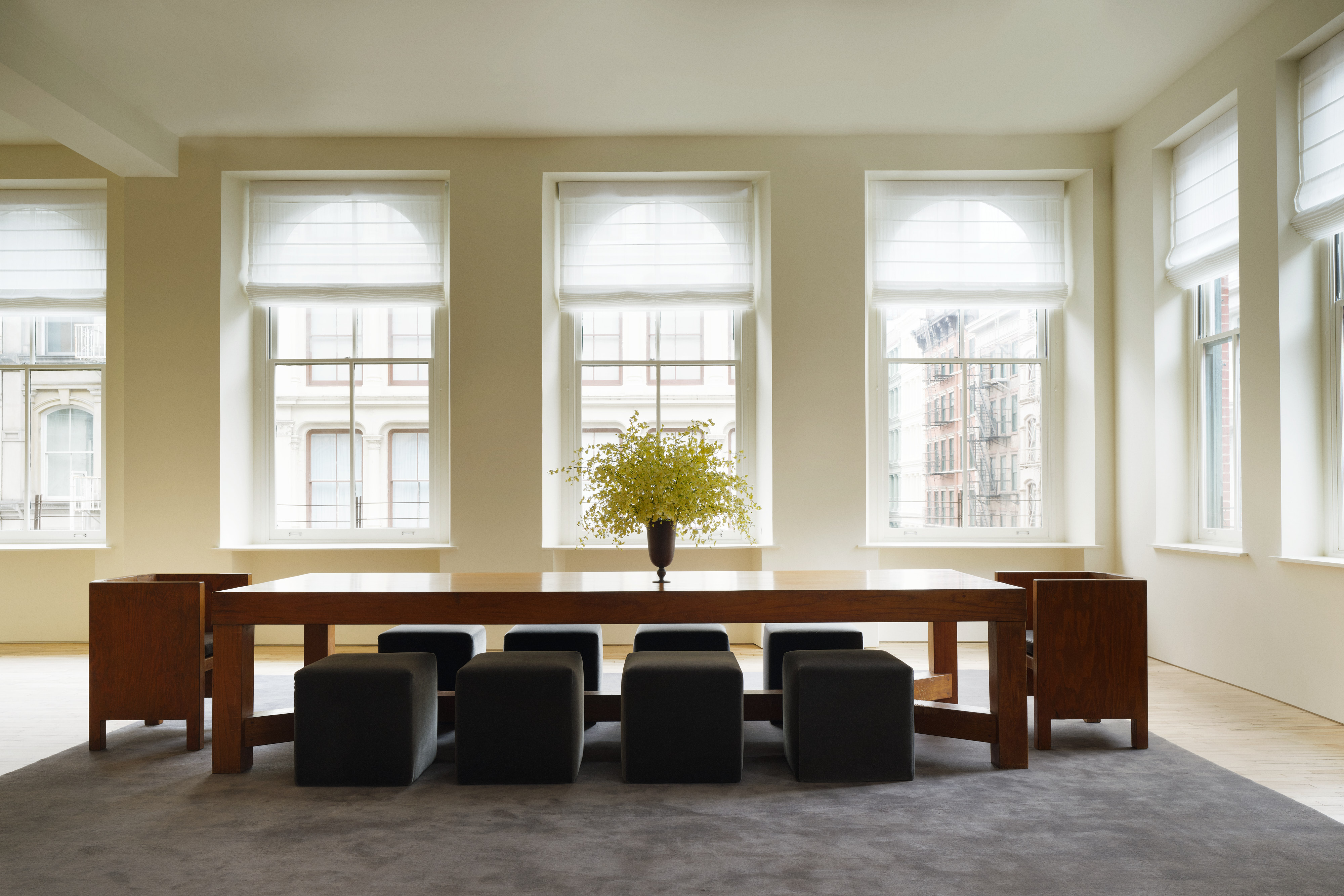 Tour Aflalo’s first retail space, a gallery-like studio in New York
Tour Aflalo’s first retail space, a gallery-like studio in New YorkLight-filled and elegant, Aflalo has opened its first retail space in a classic Soho loft, reimagined by Nordic Knots Studio
-
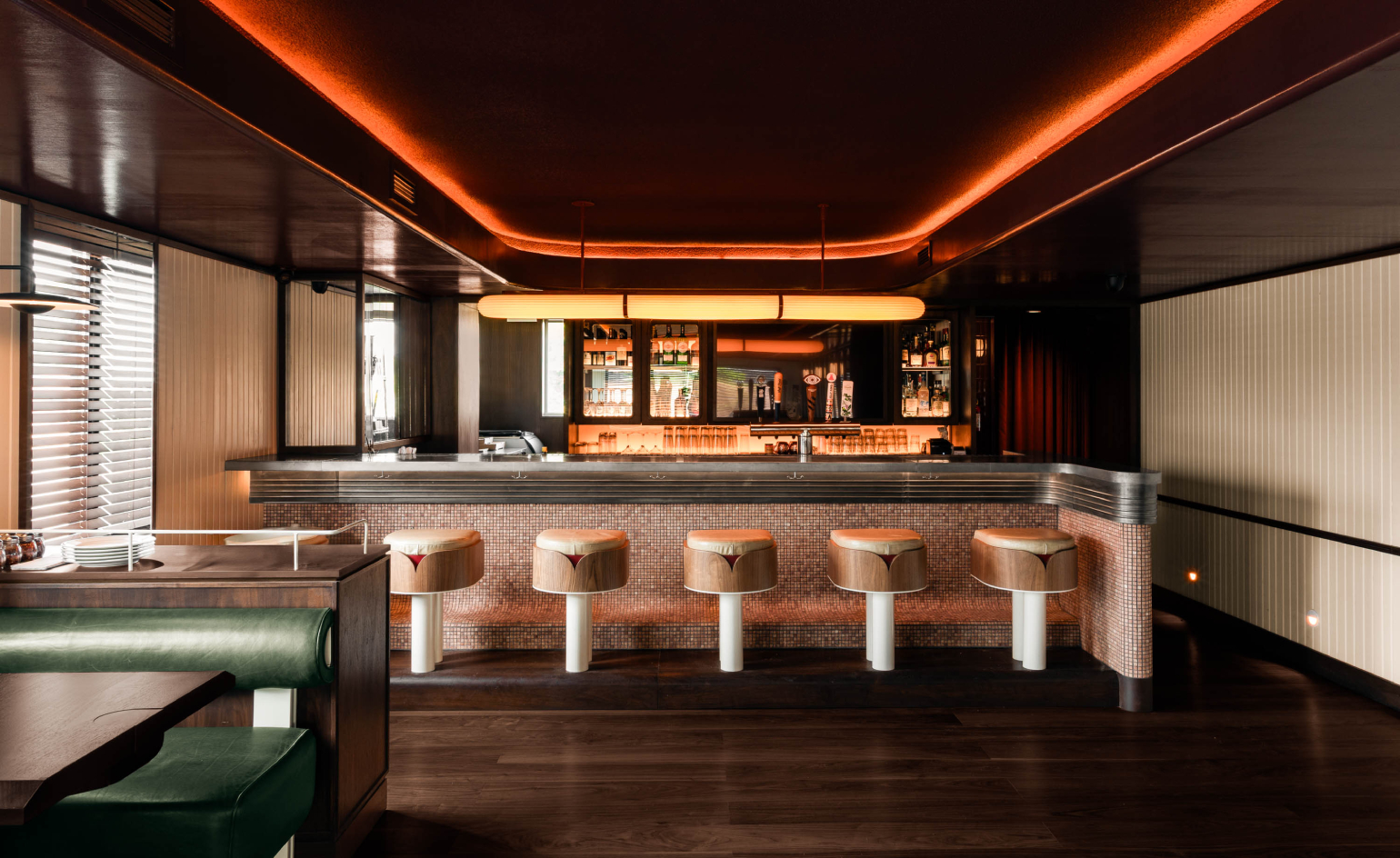 This Toronto pizzeria hides a sultry bar with serious bite
This Toronto pizzeria hides a sultry bar with serious biteNorth of Brooklyn unveils a fresh, two-level outpost where crisp, light-filled minimalism gives way to a warmer, neon-lit upstairs area
-
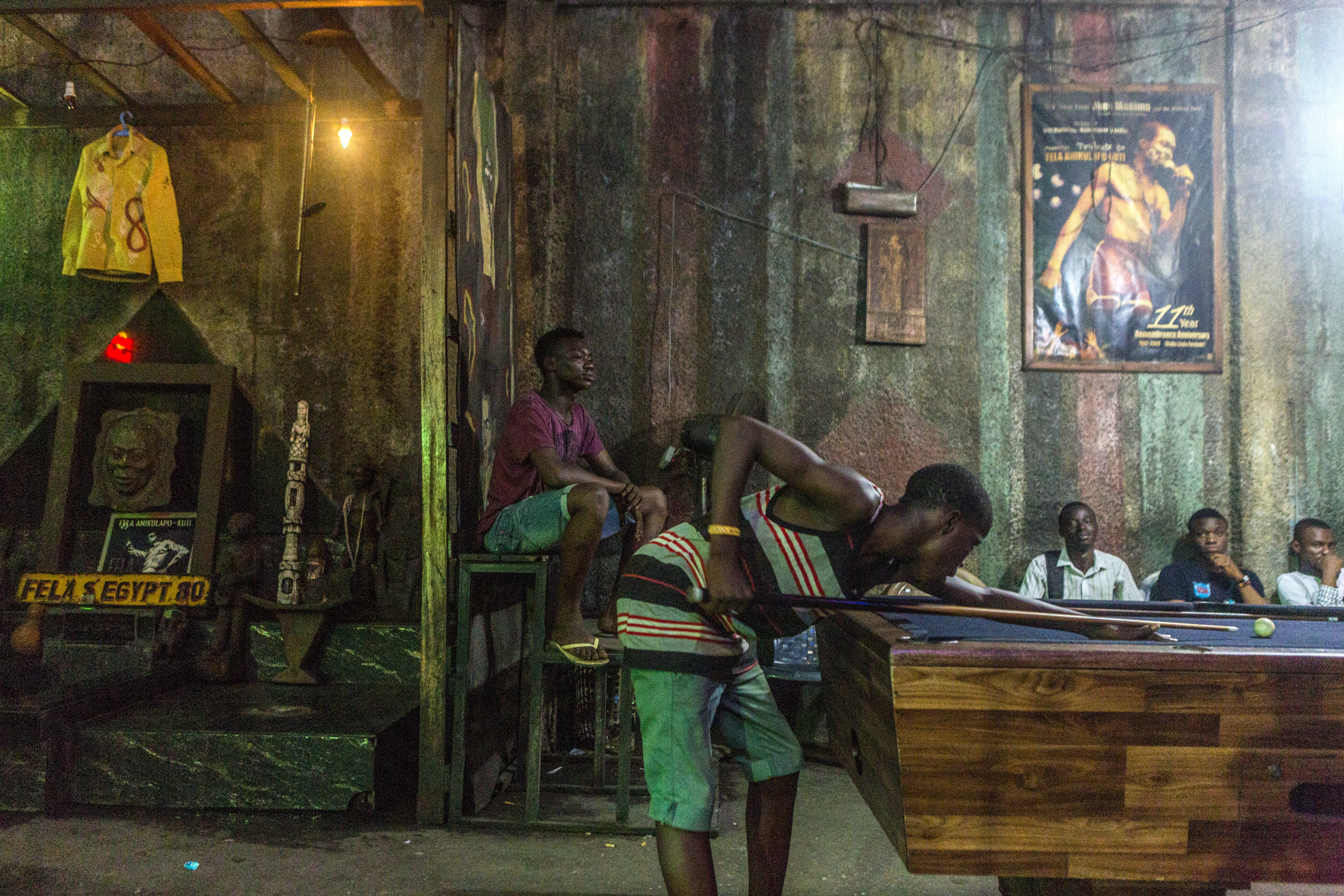 A Lagos exhibition celebrates Fela Kuti's defining sound
A Lagos exhibition celebrates Fela Kuti's defining soundAn exhibition, Afrobeat Rebellion, currently showing at the Ecobank PanAfrican Centre in Lagos, explores the life of Afrobeat father Fela Anikulapo-Kuti
-
 Montblanc’s new Digital Paper and Digital Pen are high-end entries into the e-ink club
Montblanc’s new Digital Paper and Digital Pen are high-end entries into the e-ink clubFamed for its traditional writing instruments, Montblanc brings its premium approach to the digital realm
-
 We explore the coming robot realm – design revolution or dystopian nightmare?
We explore the coming robot realm – design revolution or dystopian nightmare?Tech editor, Jonathan Bell, takes a deep dive into the world of robotics and the line-up of mechanised menaces most likely to be stalking the streets in the next five years
-
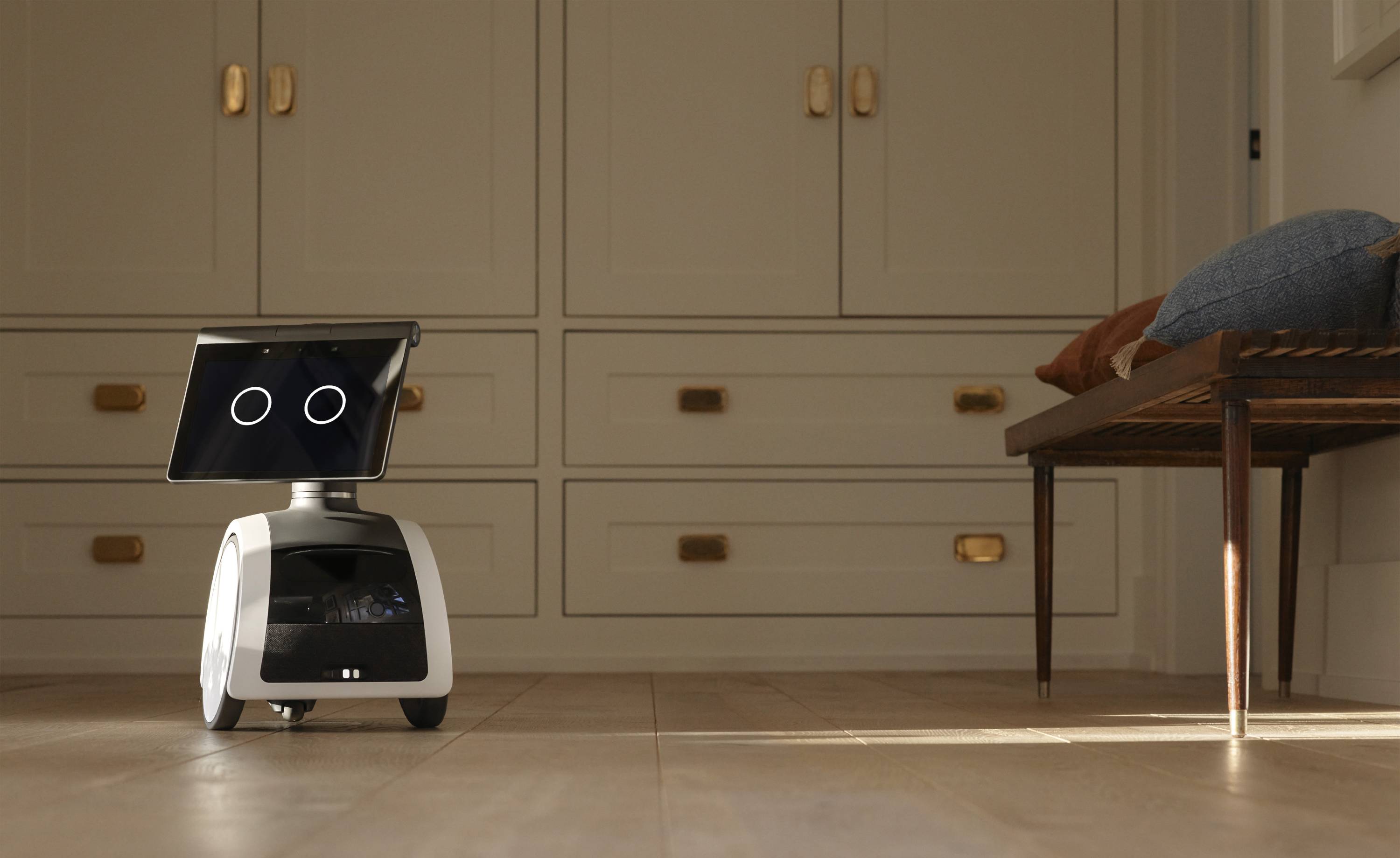 The little Amazon Astro is a big company’s first foray into domestic robotics
The little Amazon Astro is a big company’s first foray into domestic roboticsAmazon is betting big on home automation. Can the friendly-looking Astro ensure our relationship with robots gets off to a healthy start?
-
 Yves Béhar-designed underwater research station is inspired by 1960s design
Yves Béhar-designed underwater research station is inspired by 1960s designYves Béhar and his firm Fuseproject have collaborated with ocean conservationist Fabien Cousteau to design an underwater scientific research habitat of the future
-
 Yves Béhar takes Hive outdoors with a new home security camera
Yves Béhar takes Hive outdoors with a new home security camera -
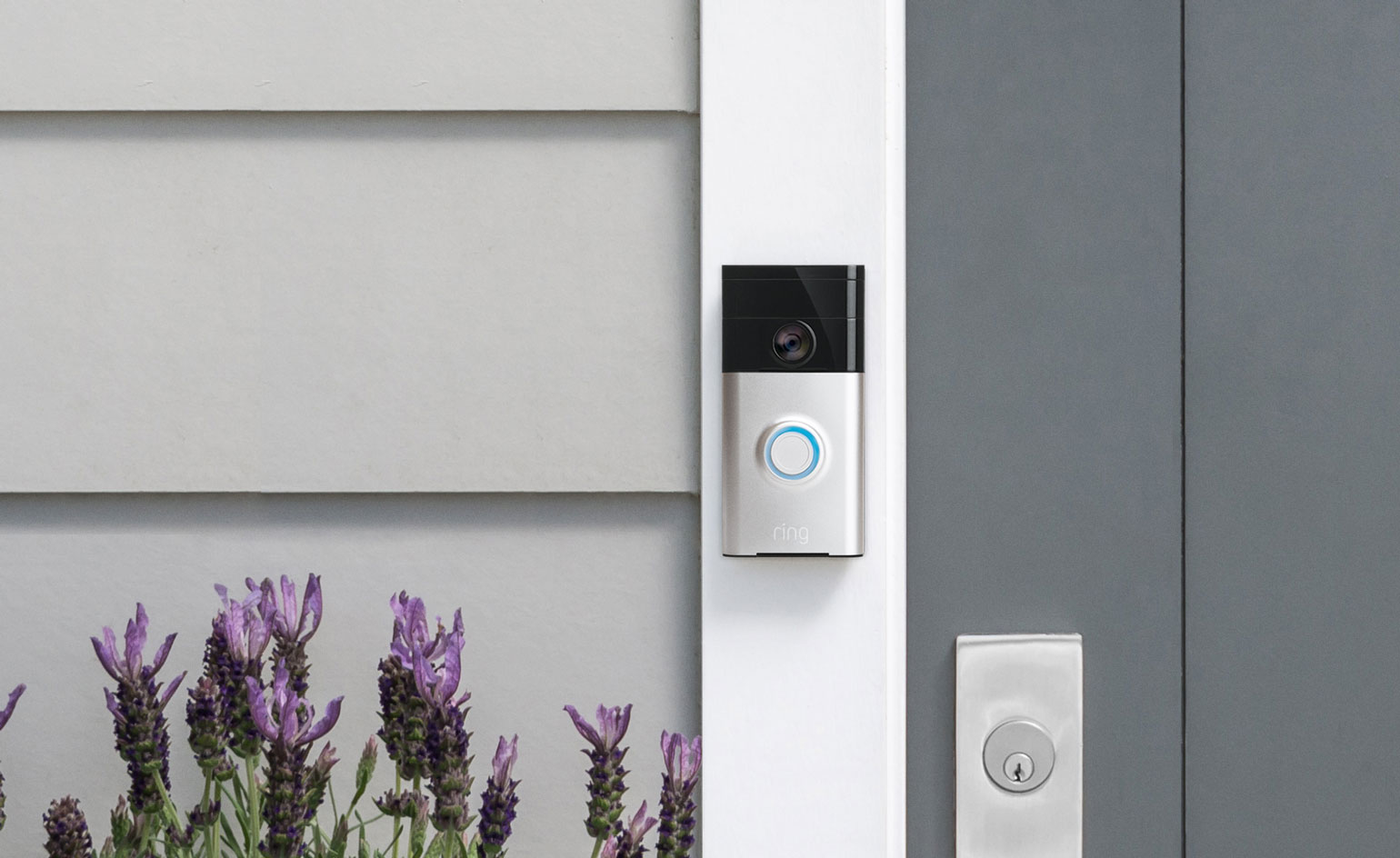 Next stop: are smart homes making us stupid?
Next stop: are smart homes making us stupid? -
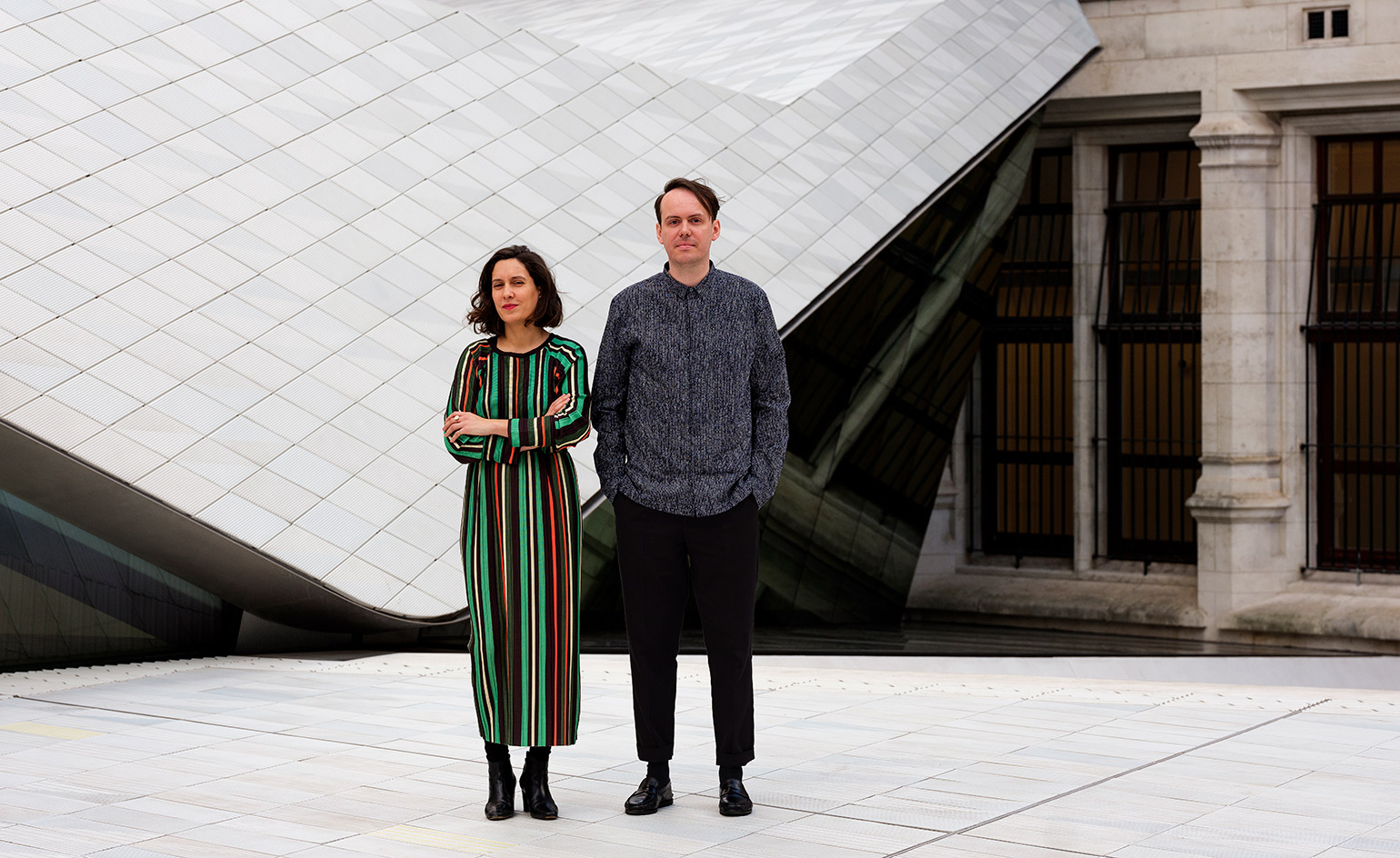 Muscle suits, Bitcoin miners and artificial leaves descend on the V&A in a technology takeover
Muscle suits, Bitcoin miners and artificial leaves descend on the V&A in a technology takeover -
 The all-hearing Hive Hub 360 hits shelves
The all-hearing Hive Hub 360 hits shelves